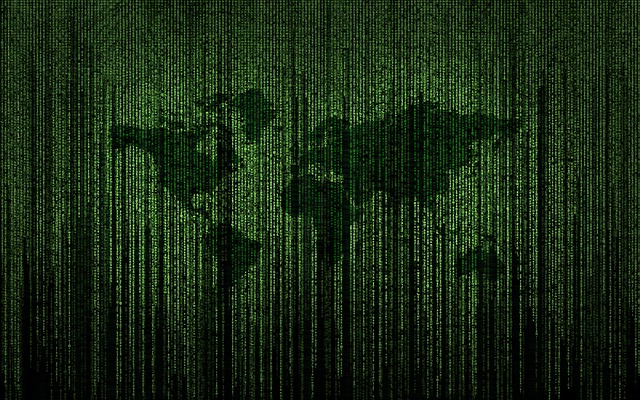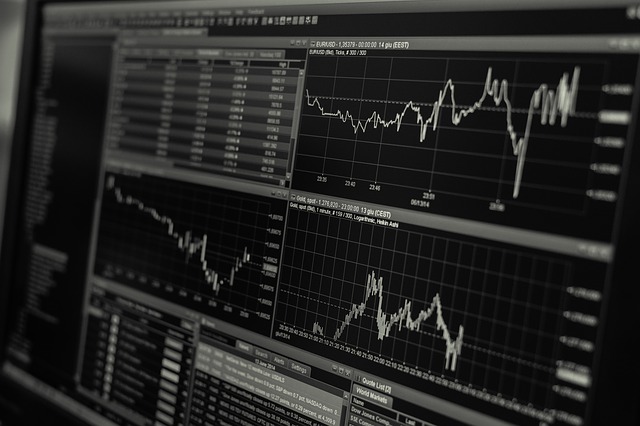It appears that the only limits on distributed ledger technology (DLT) are those of the imagination. Its use cases, once limited to cryptocurrency, can run from elections to energy, from food safety to online dating.
The hysteria over bitcoin appears to have come and gone. That particular crypto was valued at somewhere over $19,000 in December 2017. As of Jan. 25, 2019, its value had fallen to around $3,550.
That should not, however, lessen the excitement over DLT, the tamper-proof digital ledger which in its guise as blockchain served as bitcoin’s backbone. So if we were to ask about its potential, it would not be inaccurate to say that it is nearly limitless.
Before we proceed, this DLT primer: It is a decentralized ledger that can be shared and synchronized, making for transactions that are that rapid and secure.
More specifically, a distributed ledger is essentially an asset database that can be shared across a network of multiple sites, geographies or institutions. All participants within a network can have their own identical copy of the ledger – a ledger that can be distributed widely in a precisely controlled fashion. Any changes to the ledger are reflected in all copies in seconds; and the assets can be financial, legal, physical or electronic. In summary, DLT provides the framework for organizations to achieve granular transparency and enhanced privacy, while reducing fraud, corruption, error and the cost of paper-intensive processes.
As a result, DLT continues to impact the financial services industry — as shown when Santander (among other banks) merged blockchain with its app — and other uses for DLT in this space can be expected to emerge as well.
Along with that is the trend in some countries toward state-run cryptocurrencies. That has most notably occurred in Venezuela, where a crypto known as the petro raised $735 million when it was released in 2018, according to Nicolas Maduro, president of that cash-strapped nation.
Alas, it did nothing to relieve Venezuela’s financial turmoil, and there are questions going forward about the worth of a state-run crypto. Such nations as China, Russia, Qatar and Iran, seeking to minimize the influence of the American dollar within their borders, are nonetheless considering a move in that direction, as are Singapore and Switzerland.
As mentioned, elections are another arena in which DLT has shown promise. In 2018, West Virginia became the first U.S. state to employ the technology in a primary, using biometrics to verify a voter’s identity and third-party verification to legitimize results. This model could prove to be scalable, as it would presumably eliminate voter fraud — again, the system is tamper-proof — and boost turnout.
Another use of DLT is in supply chains. A United Kingdom pilot program allowed that nation’s Food Standards Agency to access the data of a cattle slaughterhouse, which in turn enabled that body and the business to see the same information at the same time, as opposed to being forced to review various hard copies.
It has been theorized further that DLT could be used in other ways in food safety — that, for example, a piece of fruit could be tagged at an orchard and then scanned by a grocer or customer, enabling either to determine its freshness, whether it had been exposed to pesticides, etc.
And a word or two about one of the far-flung applications of DLT: online dating. As shown with a site called Loly, the tech could eliminate fraudulent profiles and also be used to verify consent.
Again, the only limits on this technology are those of the imagination. The possible applications know very few bounds.






